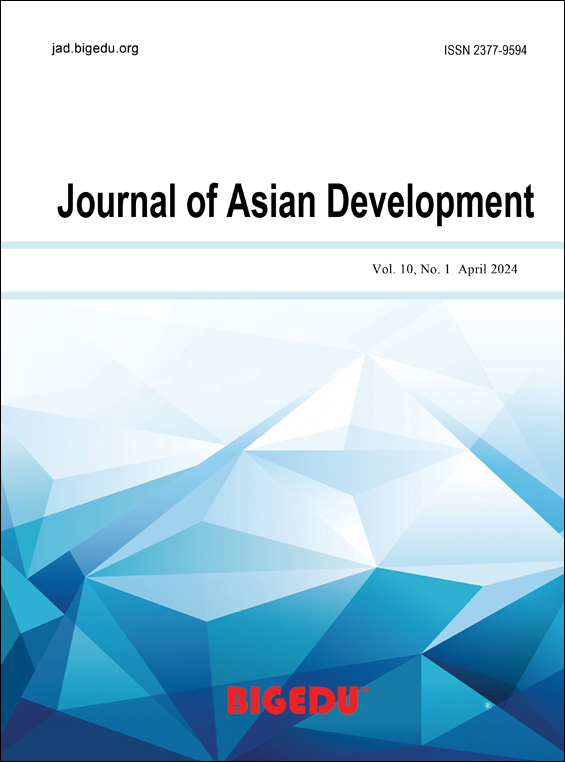Study of the Future of Shopping Centers from the Consumer’s Perspective
DOI:
https://doi.org/10.52941/jad.v8i2.33Abstract
According to Coresight Research, 25% of US malls are projected to close within the next five years. The coronavirus pandemic has accelerated a demise that was already underway. According to data pulled by Moody’s Analytics REIS, retail falls 15.7%. Demand for shopping mall is expected to shift noticeably because of the coronavirus pandemic, with more people now working from home, flocking to the suburbs for space and buying online things they used to browse for in stores. Nearly 200 department stores have disappeared in the past year alone, and another 800 or about half the country’s remaining mall-based locations are expected to be shuttered by the end of 2025, according to commercial real estate firm Green Street.
The purpose of this research is study of the future of shopping centers from the consumer’s perspective. The variables include Entertainment Hub, Meeting Place, Food & Beverage, Experience Destination, Social Gathering, Education Center, Specific Segment, Service Center, Shopping Behavior. 400 sample were collected using electronic questionnaire through social media. For data analysis, we employed Structural Equation Models (SEM). The result shows that the RMSEA for this model is.040 (.05), which strongly implies a “near fit,” and the Goodness of Fit Index (GFI) value is.909 (>. 90), indicating that the model fits well according to the descriptive measures of fit. Furthermore, CFI, which is an incremental fit index that compares the fit of our hypothesized model to that of a baseline model (i.e., the model with the lowest fit), has a value of.901, indicating an adequate fit. More importantly, Experience Destination, Service Center, Specific Segment, and Food & Beverage seem to have significant effects on the future of shopping centers from the consumer’s perspective due to their p-values are all less than .05. That means if shopping malls can start transforming their business models and tenant mixes that’s in line with our research findings to become more experience destination, service-oriented, segment-focused with lots and varieties of F&B outlets such as restaurants, coffee shop, bistro, brasserie, café, dessert cafe, pub & bar, trendy food court, etc. that meet or exceed consumer expectation and satisfy customer needs in the catchment, those shopping malls will be more likely to stay and become sustainably profitable over time.
Downloads
Published
How to Cite
Issue
Section
License
Copyright (c) 2022 Sumas Wongsunopparat & Kun Zhang

This work is licensed under a Creative Commons Attribution 4.0 International License.
Copyrights of all articles published in Bigedu Foundation are retained by the authors, with first publication rights granted to the journal. The journal/publisher is not responsible for subsequent uses of the work.
All articles are published under the Creative Commons Attribution (CC-BY) license.
Authors have the rights to reuse, republish, archive, and distribute their own articles after publication, and undertake to permit others to distribute, remix, adapt, and build upon this work non-commercially provided the original work is properly cited. The full guidance that applies to the CC-BY license can be found at http://creativecommons.org/licenses/by/4.0/







